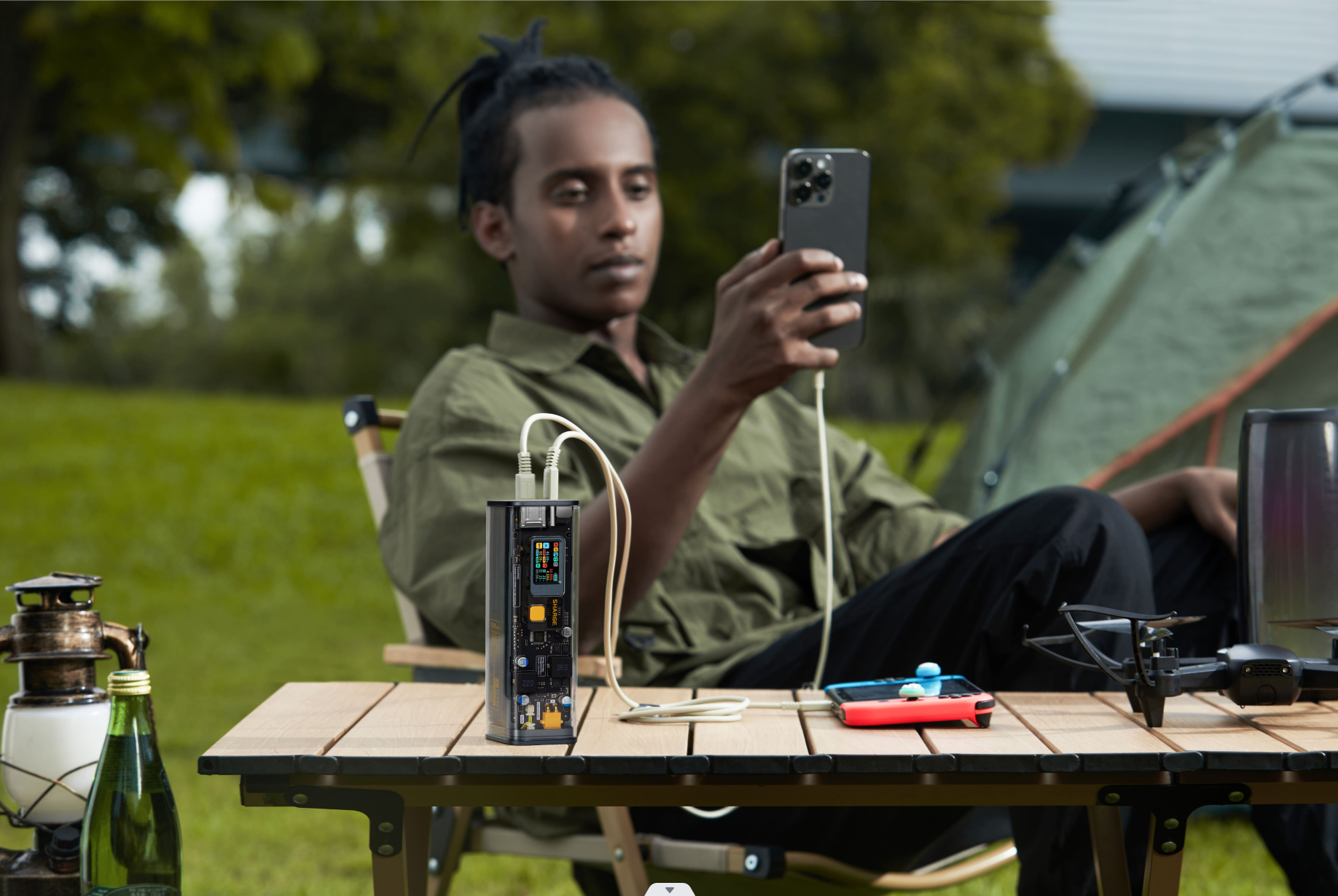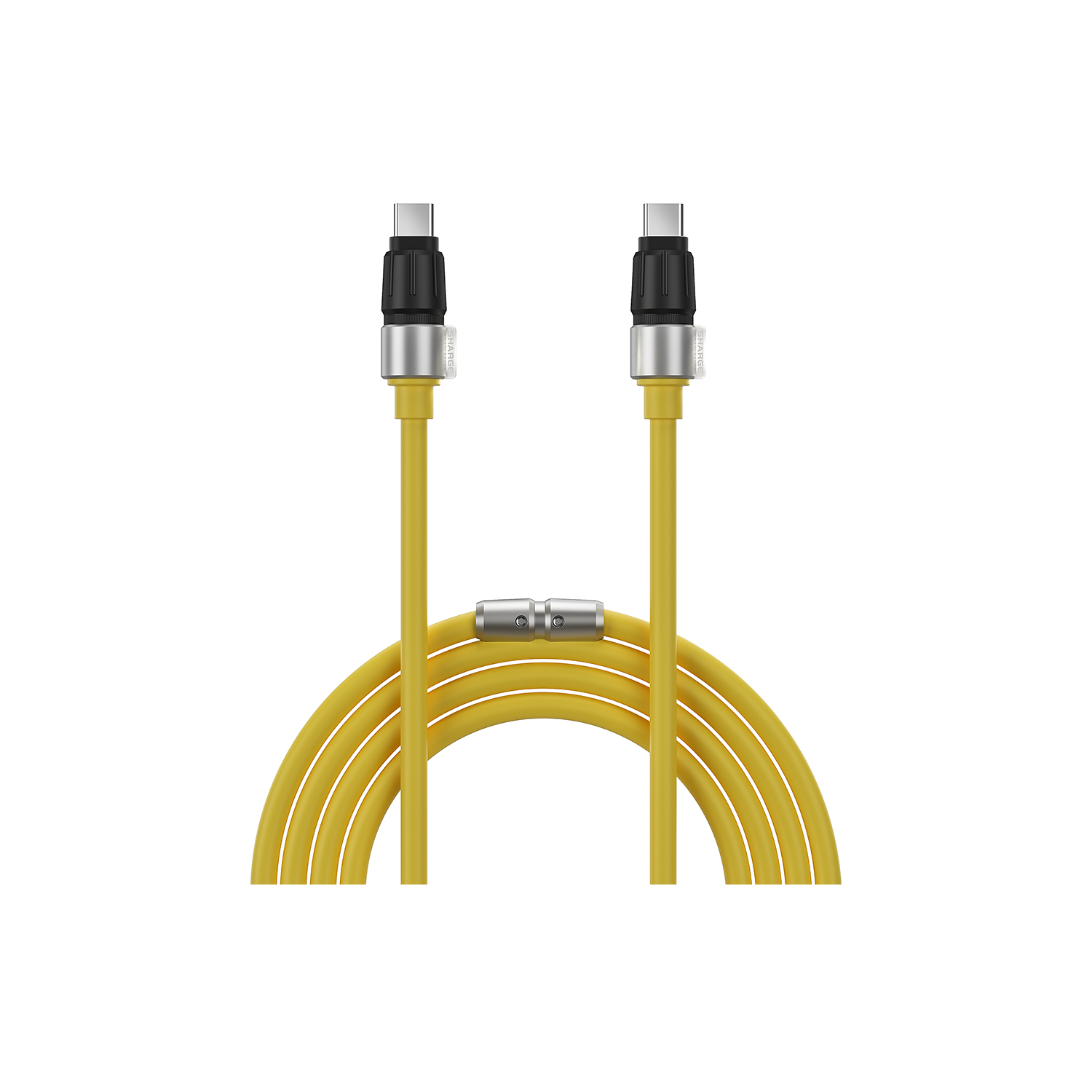Nowadays, people's lives and work are inseparable from electronic products. Items such as mobile phones, laptops, iPads, cameras, printers, etc., have become essential for daily life and work. Have you ever noticed that different devices have different interfaces for data/power transmission?
With over two decades of evolution and development, USB interfaces have become incredibly common. Due to technological advancements and brand competition, there are various types and standards for data/power transmission interfaces across different devices. They can be broadly categorized as USB-C, USB-B, USB-Lighting, Micro-A, Micro-B, Mini-A, Mini-B, with USB-A being the most commonly used computer interface in the past, USB-B is common on printers, USB-Lighting was used by Apple in the past, and USB-C is currently being widely adopted. Micro-A/B was commonly used in past Android devices. You can understand the differences between them through the following diagram:

USB Interface Types
USB-A & USB-B
They are also referred to as Type-A/Type-B. USB-A and USB-B can be further classified into USB 2.0 and USB 3.0 standards based on the supported USB transmission standards. The interface color helps distinguish between USB 2.0 (usually black or white) and USB 3.0 (blue). USB-A is commonly found on devices like computers, mice, keyboards, and USB-B is often used on printers and special displays.

USB Mini-A & Mini-B
Mini USB interfaces are smaller versions of standard USB, with Mini-A and Mini-B being the two variants. These are still used in some low-end products to reduce costs but have become less common over time.

USB-C
USB-C, also known as Type-C, is an oval-shaped connector that is symmetrical and reversible, eliminating the frustration of inserting it the wrong way. It is designed to replace existing USB shapes, providing a future-oriented, versatile, and standardized option for hardware designers. The latest USB 4 standard currently only supports the USB-C interface and incorporates the Thunderbolt protocol, making USB-C compatible with Thunderbolt interfaces.

USB-Lighting
The Lightning interface is Apple's proprietary connector specification, introduced in 2012 with the iPhone 5. It features an 8-pin configuration, replacing the older 30-pin connector. Apple used Lightning until the iPhone 15, released in 2023, which switched to the USB-C interface. However, even with the iPhone 14 series in 2022, Lightning still adhered to the USB 2.0 standard, with a transfer speed of 480Mb/s and a maximum charging power of 27W, while USB-C had faster speeds and higher power capabilities.

USB Transmission Standards
USB transmission standards and USB interfaces can be easily confused. USB transmission standards have different versions, and protocols released at different times represent varying transfer speeds and charging power. USB interfaces, on the other hand, represent different interface types, with each interface type having a specific standard. However, they can be compatible with different transmission standards. It's important to note that USB-C (Type-C) and USB-A (Type-A) only describe physical connectors, while USB 3.2 and USB4 describe the functionalities of ports.
Since the release of the USB 1.0 standard by the USB Implementers Forum (USB-IF) in 1996, USB standards have undergone multiple versions, including USB 1.1, USB 2.0, USB 3.0, USB 3.1, and USB 3.2. In 2019, the USB-IF organization introduced the latest USB4 standard, bringing forth a completely new set of standards for USB interfaces. You can find specific details in the table below.
USB Standard Releases List

The Ultimate USB Connector
USB-C has emerged as the winner among various interfaces over the years. It has been present in laptops, tablets, smartphones, and even handheld game consoles for almost a decade. With Apple using USB-C for the iPhone 15, USB-Lighting is gradually fading away, leaving USB-C as the mainstream connector globally.
From a technical standpoint, USB-C is the most advanced connector to date. Devices using the latest USB4 interface can achieve transfer speeds of up to 40Gbps, and power transmission can reach 240W, meeting the needs of all electronic devices. USB-C port is consistent with Thunderbolt port, and USB 4 and Thunderbolt 4 are perfectly compatible, supporting a wide range of applications, including gaming laptops, handheld gaming consoles, 4K 60Hz display transmission, and compatibility with Display Port, PCIe, and other interfaces/protocols.
Starting in 2024, EU regulations require all mobile devices, including phones, tablets, cameras, and other mobile devices, to use USB-C as the standard data transfer and charging port. Combined with the widespread use of USB-C in Android smartphones, USB-C has become the most widely used connector today.
In summary, USB-C is the way forward, and it will likely become the mainstream standard in the future. No one wants a box full of cables with various interface standards at home, and USB-C is addressing this issue by becoming the widely adopted connector.








Laisser un commentaire
Ce site est protégé par reCAPTCHA, et la Politique de confidentialité et les Conditions d'utilisation de Google s'appliquent.